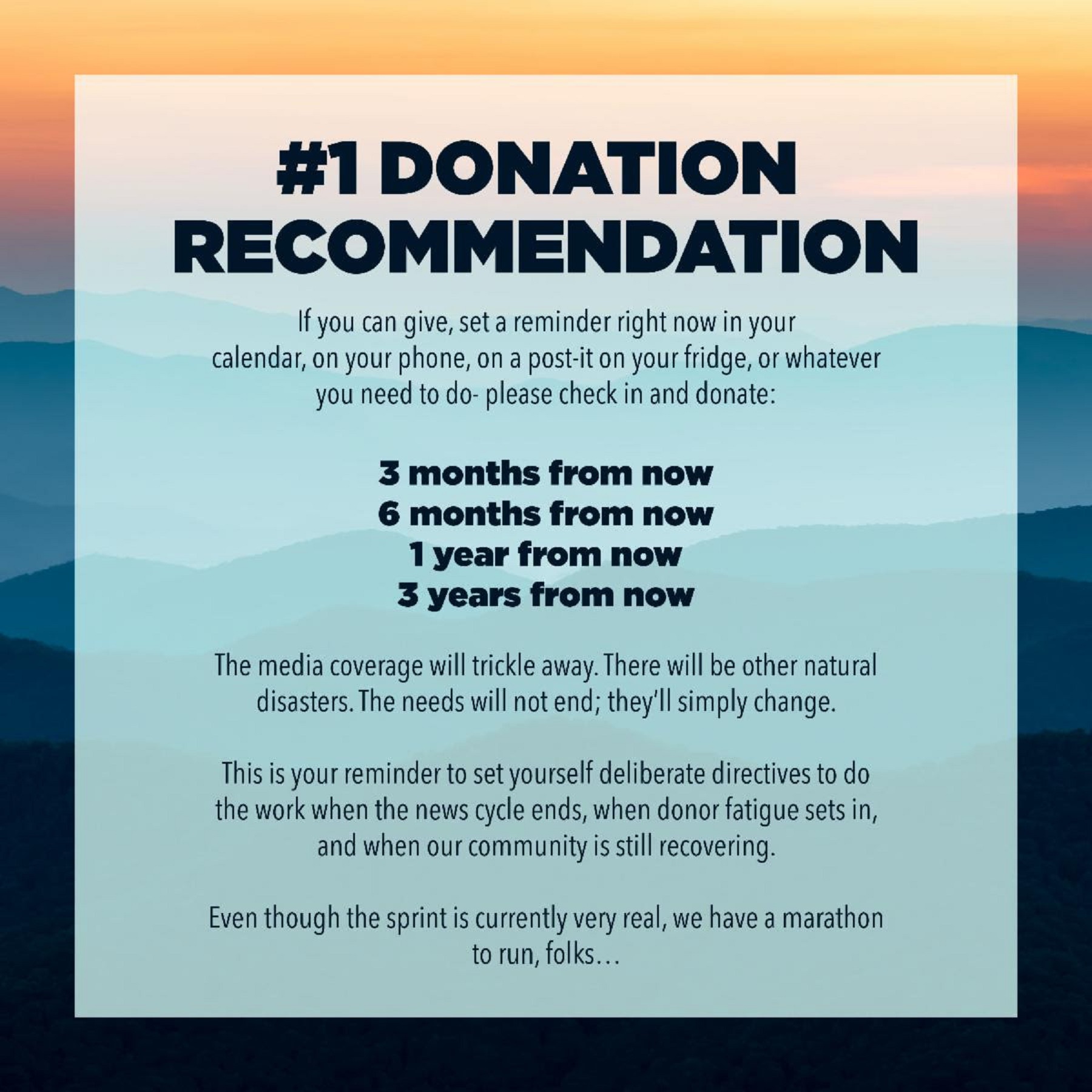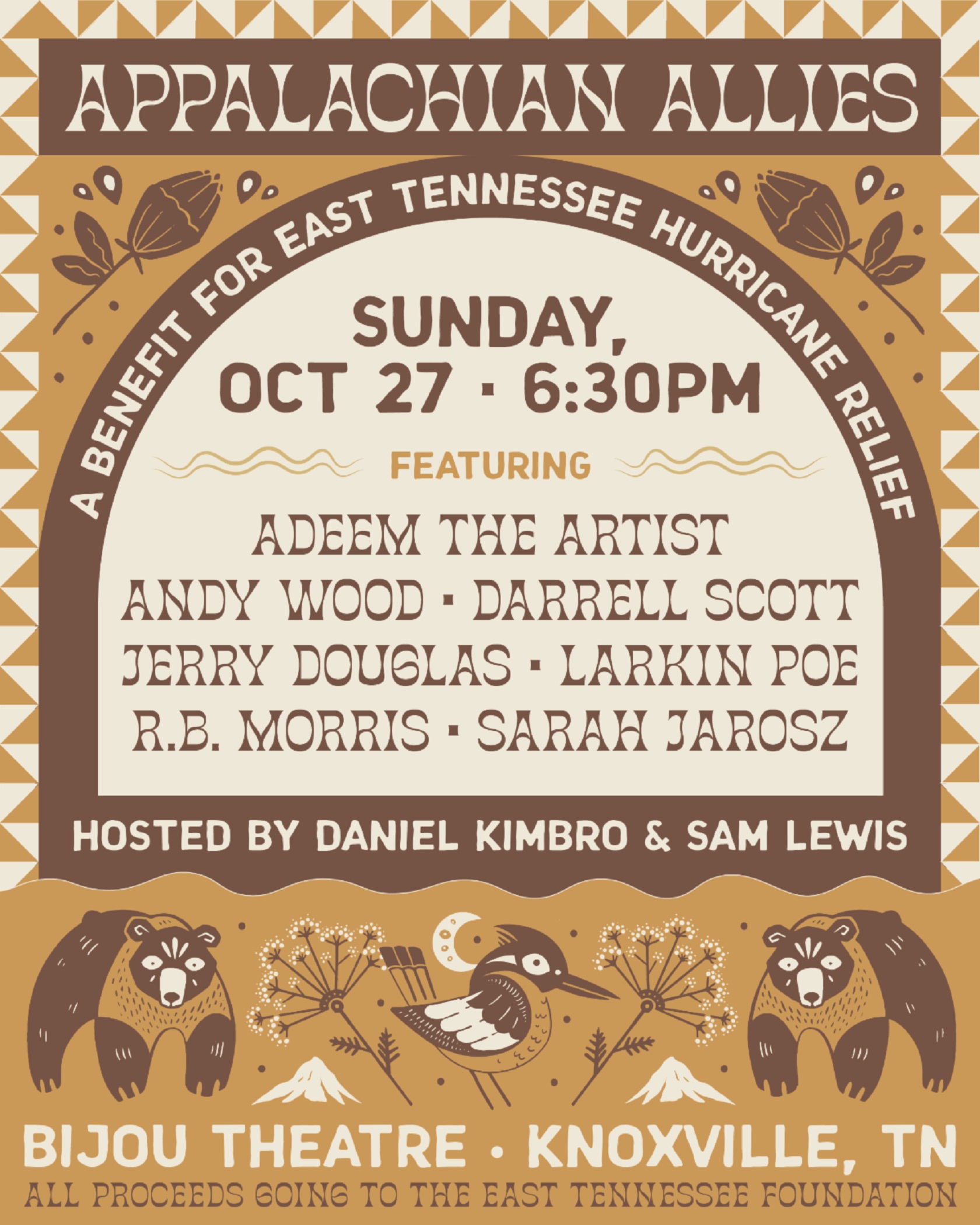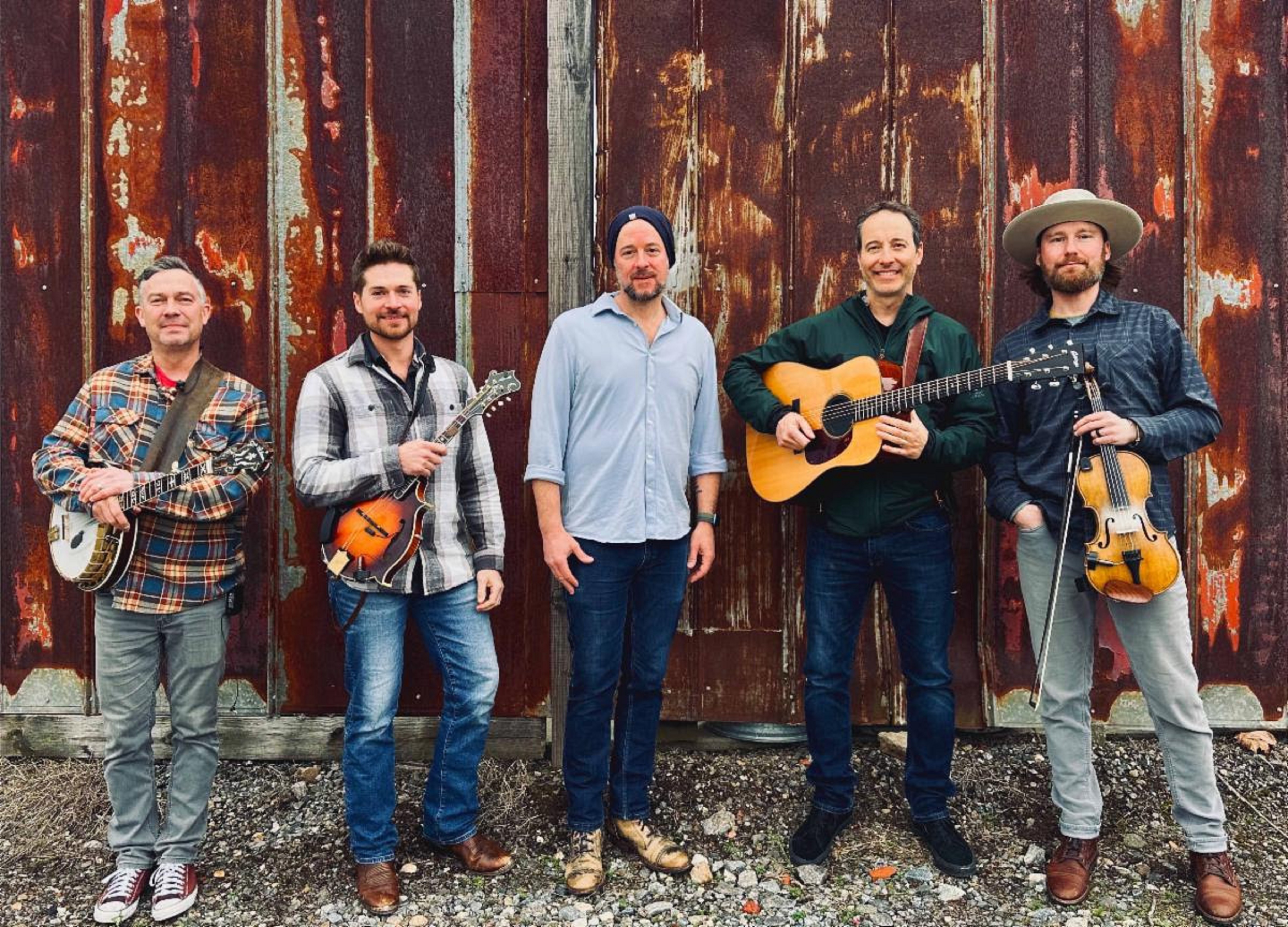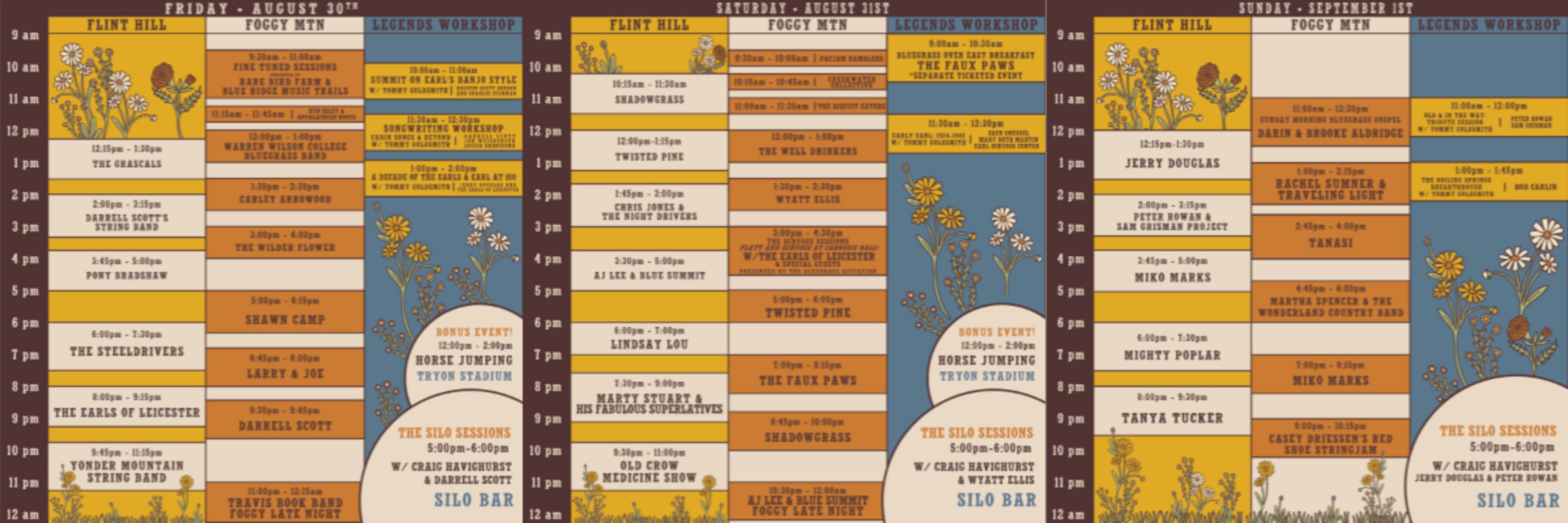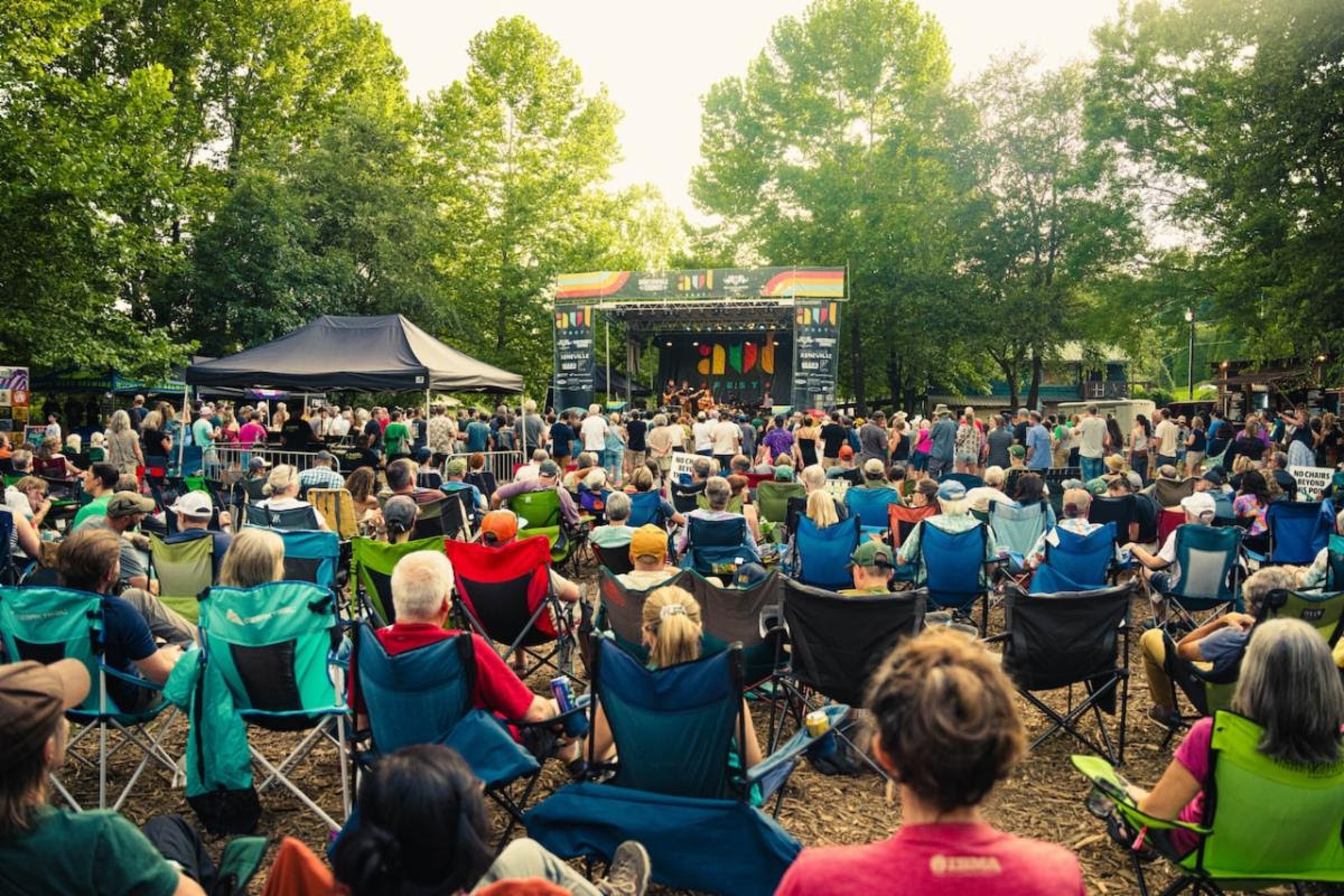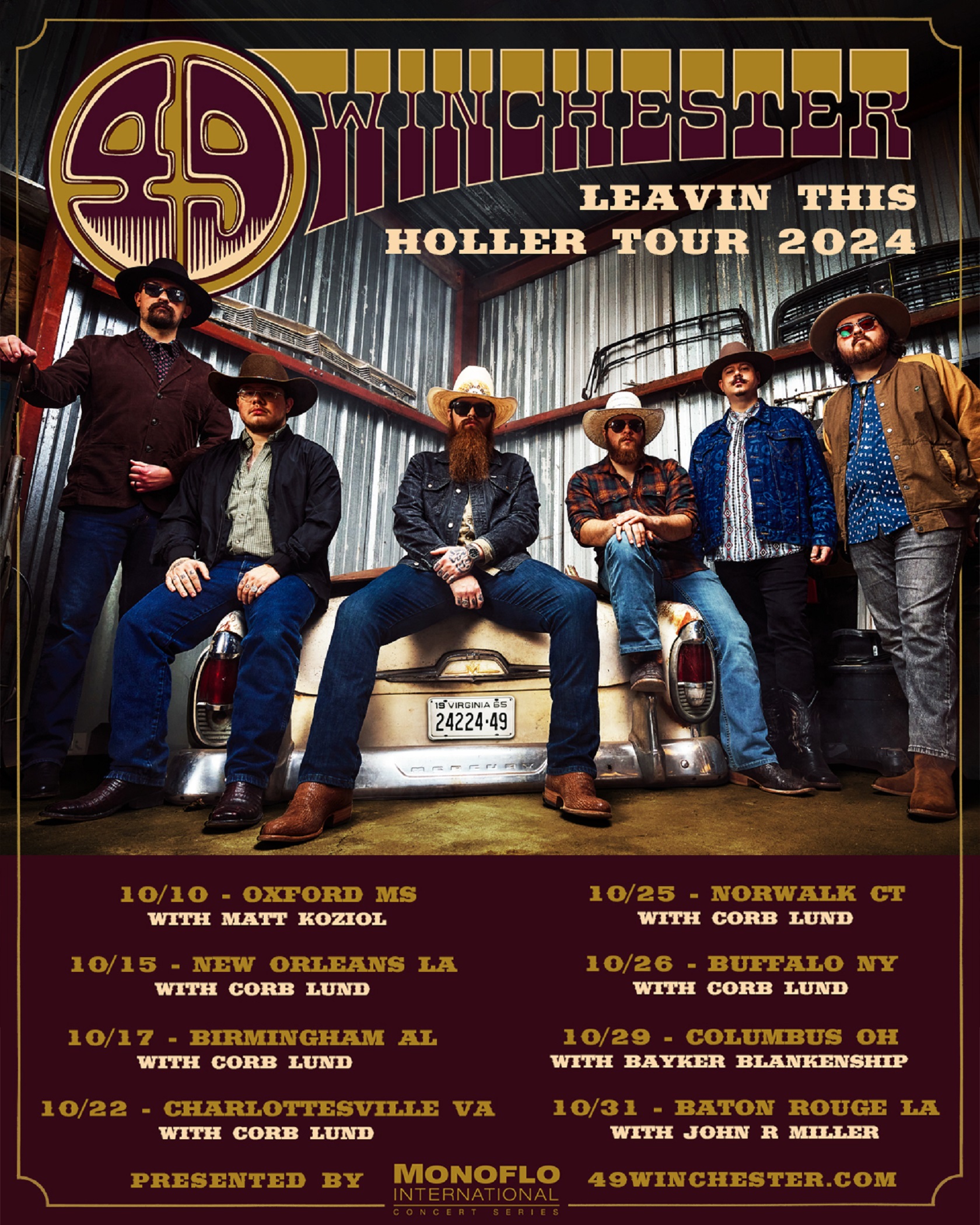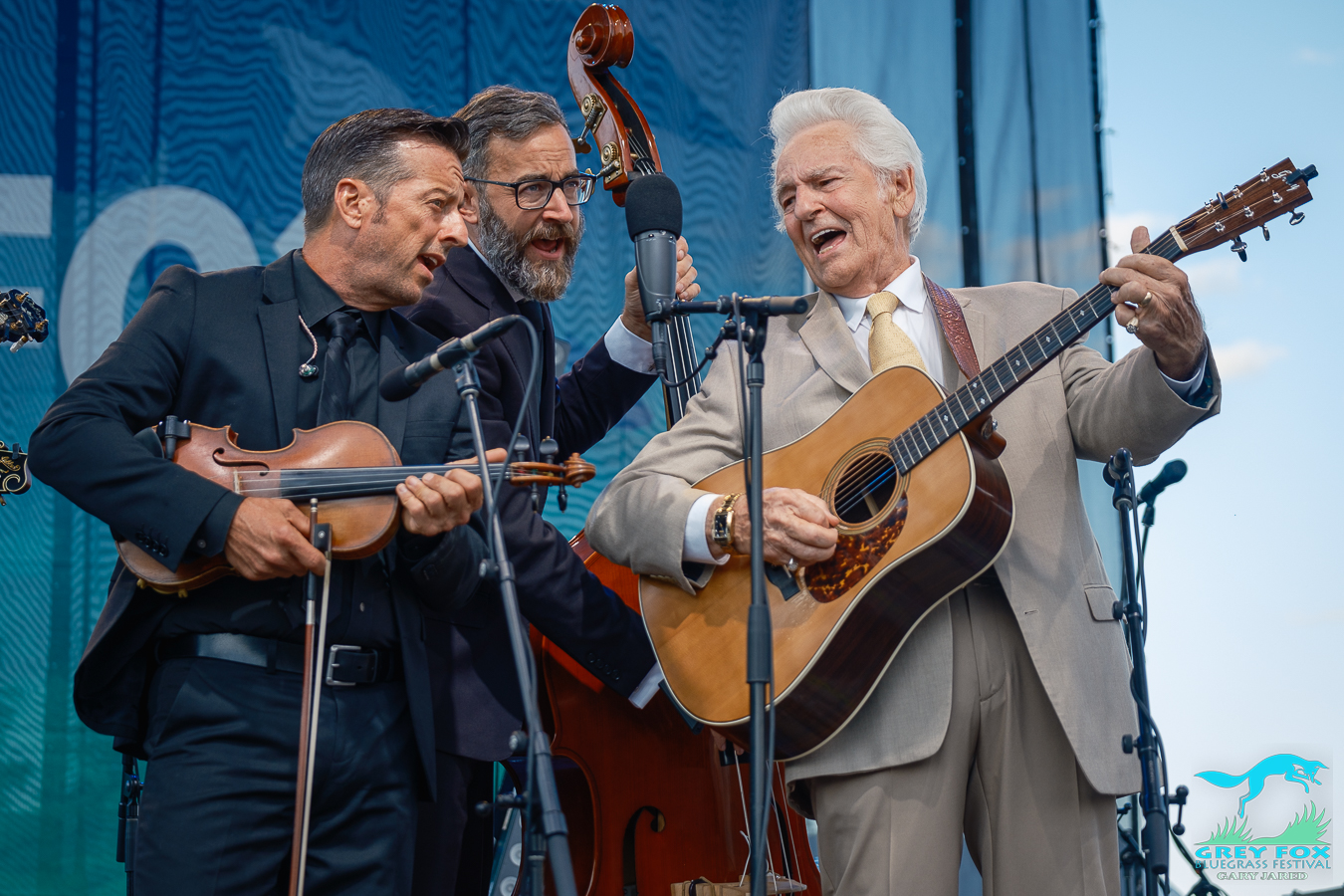A three year revitalization project taking place inside of Asheville, North Carolina’s historic Southside neighborhood has come to fruition with the opening of SoundSpace @ Rabbit’s, the city’s first public access music rehearsal facility. The studio space, which will soon include a soul food eatery and mixed medium artist amenities has taken residence inside the now-defunct Rabbit’s Motel, a Green Book site for African-American travelers which operated from the late 1940s until the turn of the 21st century. Repurposing the building to accommodate the influx of creatives who call Asheville home, co-founders Claude Coleman, Jr. (of the rock outfit Ween) and Brett Spivey hope to carry the legacy of the historic construction by providing functional practice quarters and an accessible gathering place for artists of all mediums.
Established in 1948 by Fred “Rabbit” Simpson, Rabbit’s Motel was considered a crown jewel of Black-owned tourist courts in the segregation-era South. The inn provided lodging and dining for Black visitors, including such prominent figures as Chitlin Circuit entertainers, soul singer and performer Jackie Wilson, comedian Richard Pryor, race car driver Wendell Scott and baseball star Willie “Pops” Stargell. At the heart of Rabbit’s Motel was Lou Ella Byrd’s beloved soul food kitchen, a town favorite dining establishment which was famously known for its “pork chops the size of bibles.” Mrs. Byrd’s café operated for over half a century and was cherished by a cross-section of Asheville’s communities up to 2003. In late 2021, local chef Clarence Robinson (also known as The Flavor King) will bring his culinary chops and signature “Cooking With Comedy” flair to the SoundSpace facility. A lifelong Asheville resident and relative of Rabbit Motel’s original owner, Robinson is set to recharge the vacated kitchen space with a new soul food café that will pay homage to the accomplishments of Mrs. Byrd while informing a new vision for Western North Carolina’s rich food scene.
In addition to providing a vital service to Asheville’s rapidly expanding music sector, SoundSpace will soon boast a series of workshops, events, and programs to foster the arts in underserved communities. Future plans include a livestream series called SoundSpace @ Rabbit’s Live which will feature Afro-centric performances broadcast directly from inside the facility, and a multi-artist mural project that will reinvigorate the building’s exterior. With equity and collaboration at the forefront, co-founders Claude Coleman, Jr. and Brett Spivey — both lifelong musicians and passionate community stakeholders — hope to establish SoundSpace as a longstanding resource that embraces a model of diversity through music, art, food, and collaboration.
For more information about SoundSpace, visit www.soundpaceavl.com. For a brief history of Asheville’s historic Southside district, see below
Southside: Lost Communities of Black Exceptionalism in Asheville
Rabbit’s Motel sat in the heart of Southside, a flourishing African-American neighborhood that was one of many Black communities burgeoning in Asheville, North Carolina. Southside contained a vital business district for the African-American community as much as The Block in the center of downtown, which was a nexus of Black commercialism and one of the largest Black-owned business districts in the South. The Block was adjacent to East End, home of Stephens-Lee High School, the only public African-American school in North Carolina.
Southside was a mixed district of businesses ranging from funeral homes and drive-in diners, and was an entertainment hub of hotels and bar-clubs frequented by Chitlin’ Circuit groups as well as supporting a robust local music scene of Black bands.
Municipal neglect to these communities allowed widespread blight. The practices of Urban Renewal upended these historic communities over a period of 30 years. Entire neighborhoods were dispossessed, roads were redrawn, and communities and their sense of belonging and connection were dismantled. In just the East Riverside area alone, “we lost more than 1,100 homes, six beauty parlors, five barber shops, five filling stations, fourteen grocery stores, three laundromats, eight apartment houses, seven churches, three shoe shops, two cabinet shops, two auto body shops, one hotel, five funeral homes, one hospital, and three doctor’s offices.” (Reverend Wesley Grant) During the East Riverside Redevelopment Project, an urban renewal effort targeting 425 across was completely demolished.







